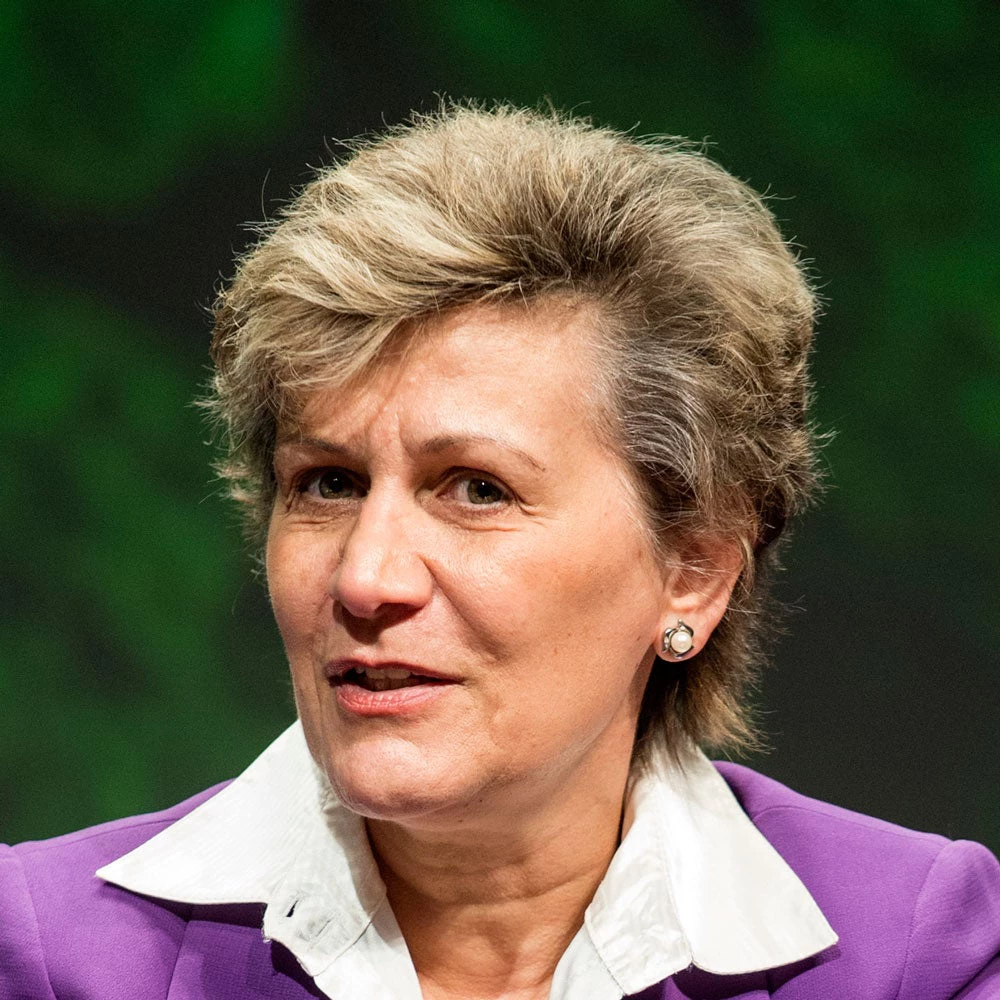
From a young age we are taught that fires are dangerous and to be avoided. Yet, in many parts of the world, especially in Africa, fire is a well-known phenomenon. Our recent study titled Africa: the Fire Continent—commissioned under the TerrAfrica partnership—shows that many plant species and ecosystems in Africa benefit from fire and, indeed, need fire to remain healthy. It suggests that the deliberate use of fire must be an integral part of landscape management tools to preserve the health of Africa’s drylands.
Over millions of years, the dry African season has enabled fires to occur across vast grasslands, savannas and woodland areas and to profoundly change the structure and function of ecosystems. Traditional farmers have recognized this and have, for centuries, frequently burnt them to stimulate new growth and maintain their grazing potential. Frequent, naturally occurring and human induced fires have resulted in trees on the African savannah developing thicker bark to withstand fire, and in many seeds germinating under the necessary extreme heat. Furthermore, frequent fires prevent the buildup of vast amounts of biomass as they burn only the grass and undergrowth, allowing 95% of the trees to survive.
Without fire, the open grasslands and African savanna that support an abundance of herbivores and cattle become bushes, encroached with unproductive thorn trees as we see in Namibia and other parts of Southern Africa. In these degraded, bush-encroached environments, fire is the only real tool that can be used at a large scale to remove dense vegetation and return landscapes back to grasslands.
Influenced mainly by Europeans during colonization, major changes in fire patterns have taken place in Africa over the last 150 years, as people have modified the fire cycle, increasing or decreasing both their intensity and frequency in different ecosystems. Now, however, in many parts of the world including Africa, Australia, Canada and the United States, there is an “aha” moment as people recognize that suppressing controlled fire in landscapes has led to the opposite effect: the massive build-up of biomass is now bringing catastrophic, uncontrollable fires. There is increasing recognition that naturally occurring fire patterns, such as the fires caused by El Nino in Africa, and traditional fire management in Africa’s drylands should not be stopped in an attempt to build up biomass as this will only lead to fire with higher intensity that destroys ecosystems and properties.
While fire is necessary to maintain biodiversity, ecological processes and healthy ecosystems, in many instances, it presents a clear threat to human lives and property. Therefore, there is a need to ensure that fire takes place in a cycle and in a controlled manner. This requires management plans and implementation that are carefully coordinated with all stakeholders to deliver the desired level of landscape productivity, ecosystem services, and biodiversity outcomes.
While traditional crop and livestock production are still prevalent in Africa, large areas are being transformed into a mosaic of diverse land-use types, including urban settlement, mining, plantation forestry and commercial farming. Each of these land-use types requires the right fire management methods. Moreover, the close proximity of different land-use types within emerging landscapes requires a shift from isolated fire management interventions to a coordinated approach at scale.
As suggested in the recent report on Confronting Drought in Africa’s Drylands: Opportunities for Enhancing Resilience, there is need for a harmonized framework that integrates multiple hazards including droughts, floods, and fires to build the resilience of ecosystems and livelihoods in drylands. This follow-up study is expected to trigger further research and dialogue on how to best integrate fire management into the landscape approach in Africa’s drylands.


Join the Conversation